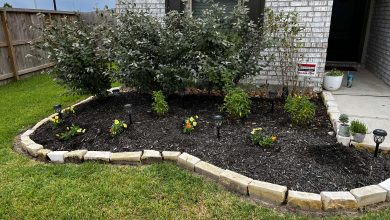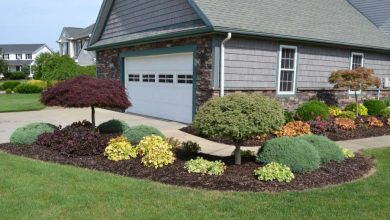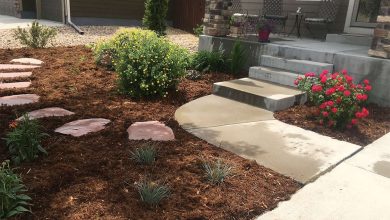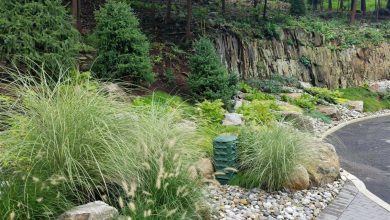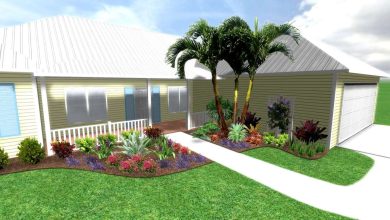
18 Popular River Bed Landscaping Ideas 2024
River Bed Landscaping Ideas: Bringing Beauty and Functionality to Your Yard
Transform your outdoor space with the charm and versatility of river bed landscaping! This technique utilizes rocks, pebbles, and other riverbed materials to create stunning visual effects while offering practical benefits for your yard. Whether you’re seeking to enhance drainage, define pathways, or simply add a touch of natural elegance, river bed landscaping offers a wealth of possibilities.
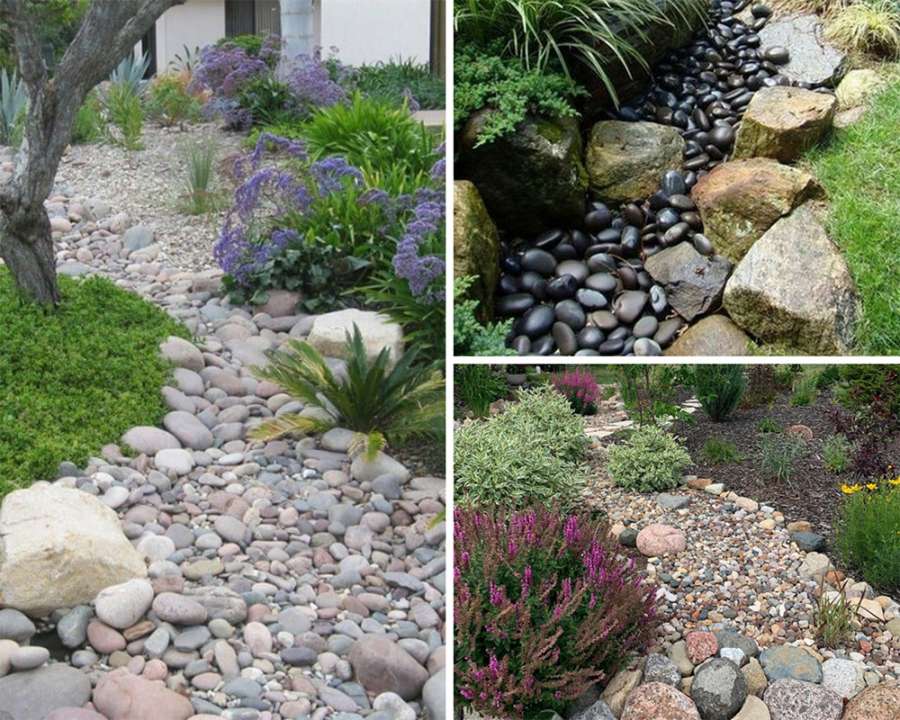
A cornerstone of river bed landscaping is the dry creek bed. This captivating feature mimics a natural streambed, minus the flowing water. Here’s how to bring this concept to life:
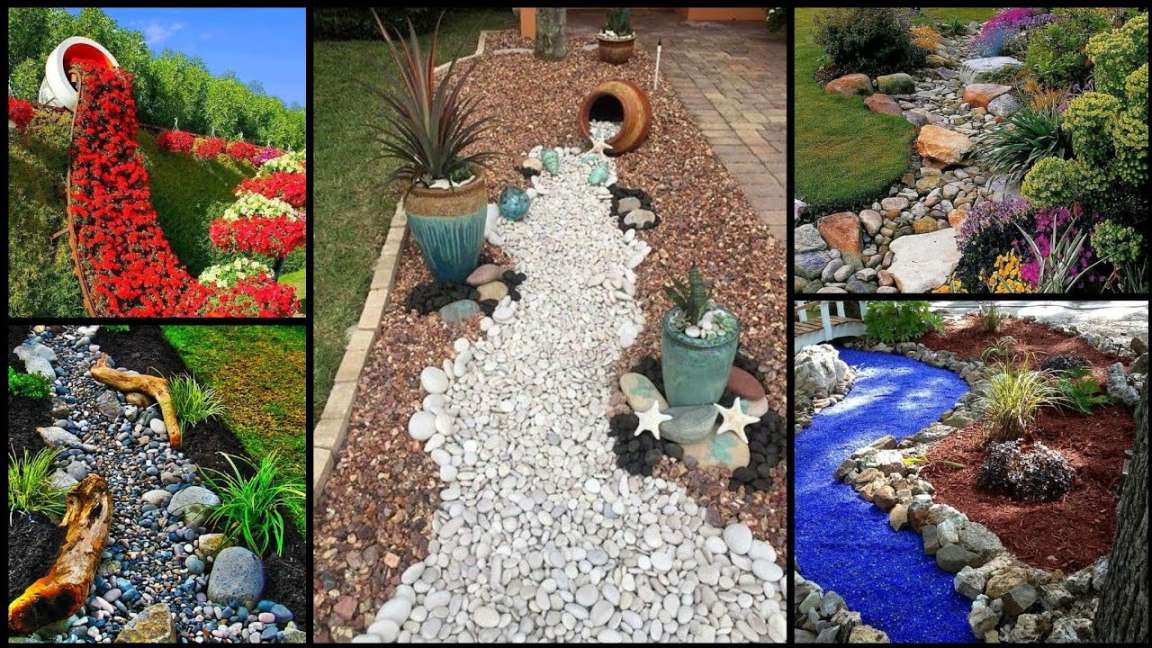
Shape and Size: Design your dry creek bed to complement your existing landscape. Curving paths create a more organic feel, while straighter lines offer a modern touch. Consider the size of your yard; a sprawling path might overwhelm a smaller space.
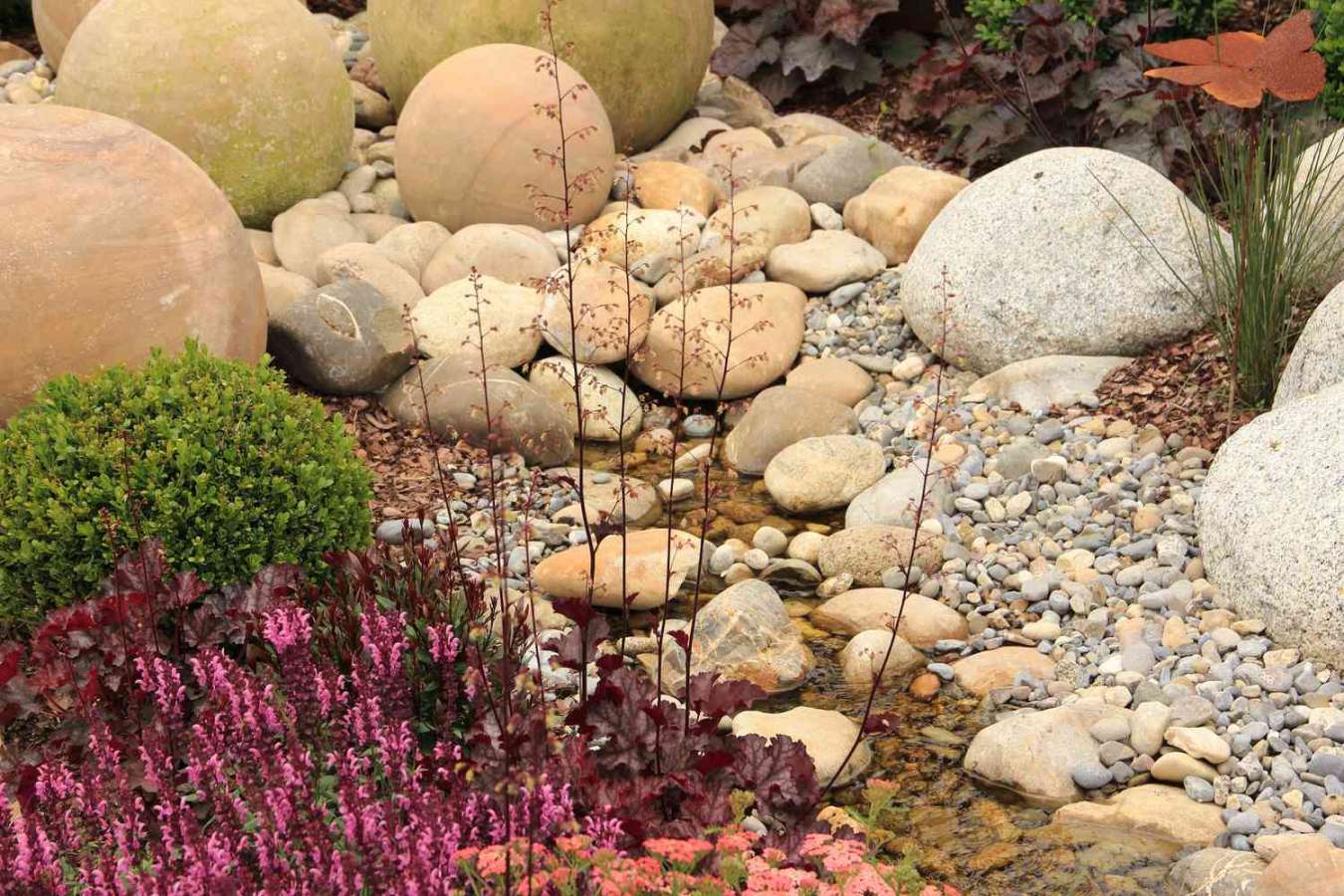
The beauty of river bed landscaping lies in its versatility. Here are some additional ways to incorporate this technique:
Pathway Edging: Line your garden paths with river rocks for a clean and natural border. This not only looks beautiful but also helps prevent erosion.
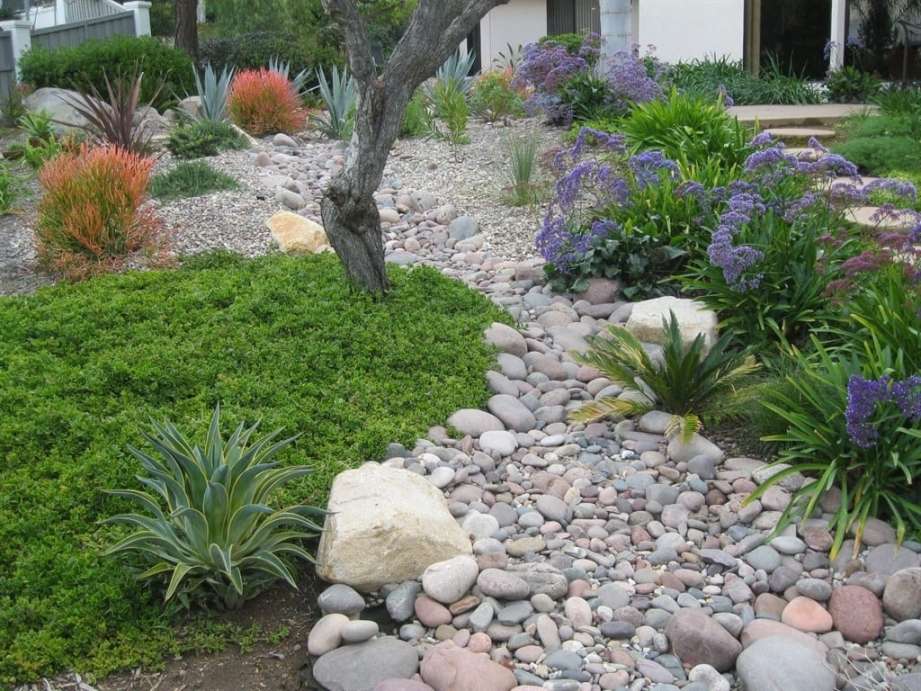
River bed landscaping offers a unique way to enhance your outdoor space, combining aesthetics with functionality. From creating a captivating dry creek bed to defining pathways and adding texture, the possibilities are endless. With a little planning and creativity, you can transform your yard into a haven of beauty and tranquility.


River rock offers several benefits:
Aesthetics: It adds a natural and timeless feel to your landscape.
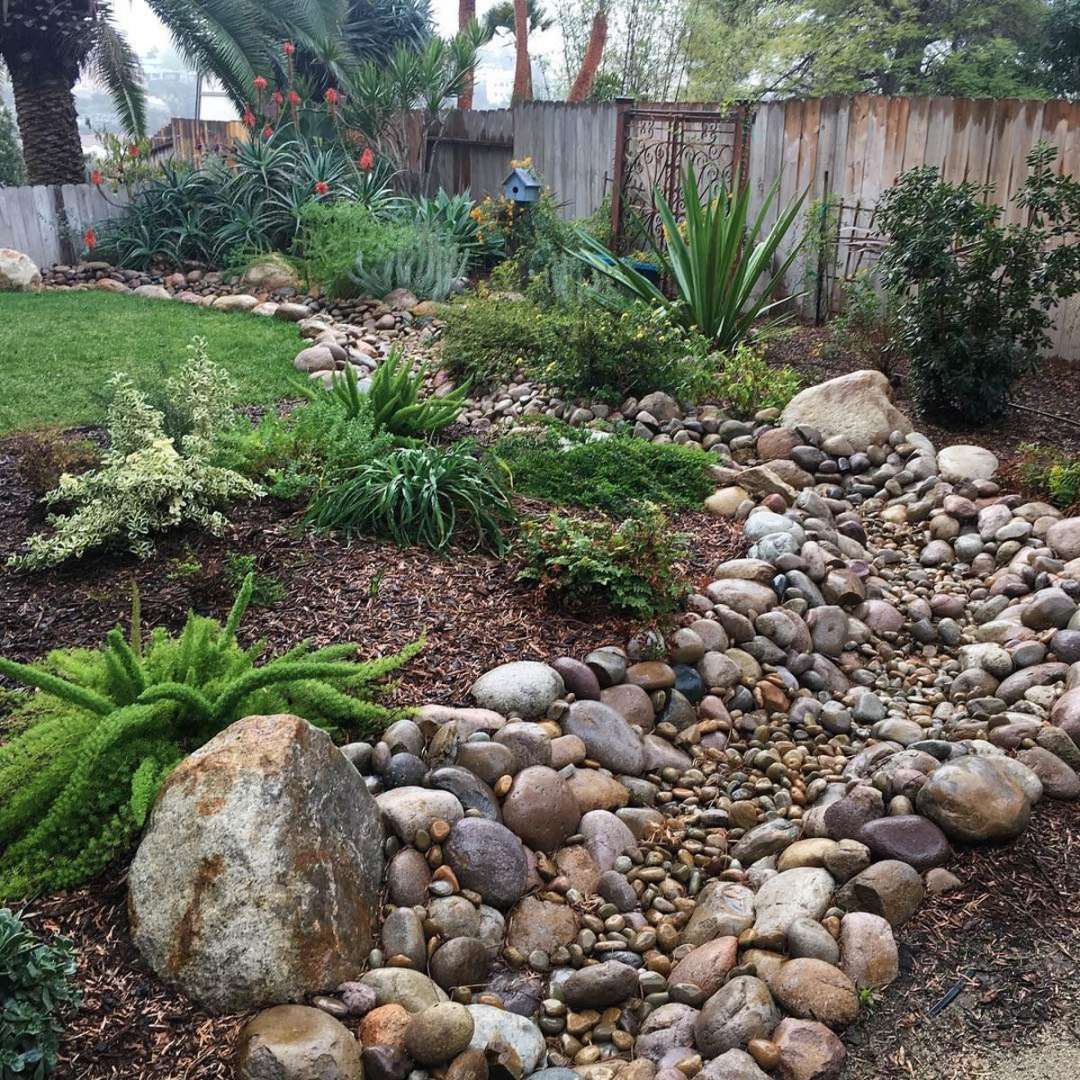
In most cases, you won’t need a permit for basic river bed landscaping projects. However, it’s always recommended to check with your local authorities to ensure compliance with any regulations.
Drought-resistant plants are ideal for dry creek beds. Consider succulents, ornamental grasses, cacti, and low-growing perennials.
The cost of river bed landscaping varies depending on the size of your project, the type of rock you choose, and the complexity of the design.
For smaller projects, DIY installation is possible. However, for larger or more complex designs, it’s recommended to consult with a professional landscaper to ensure proper execution.
